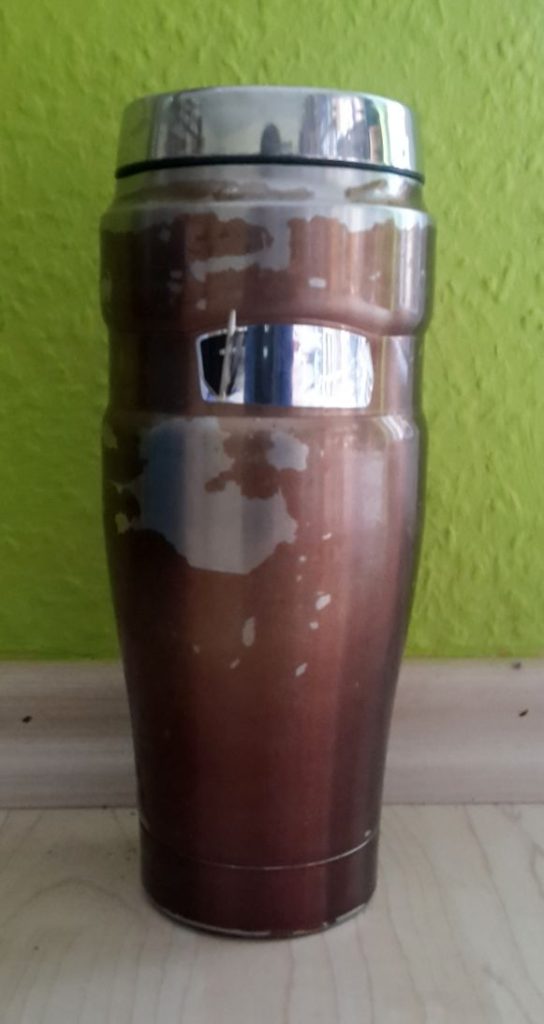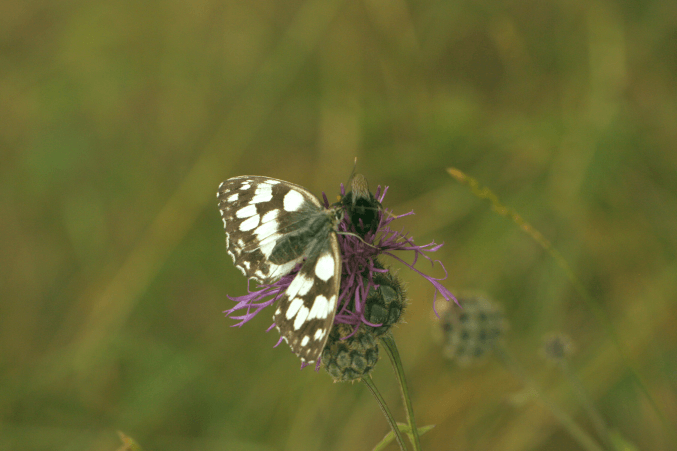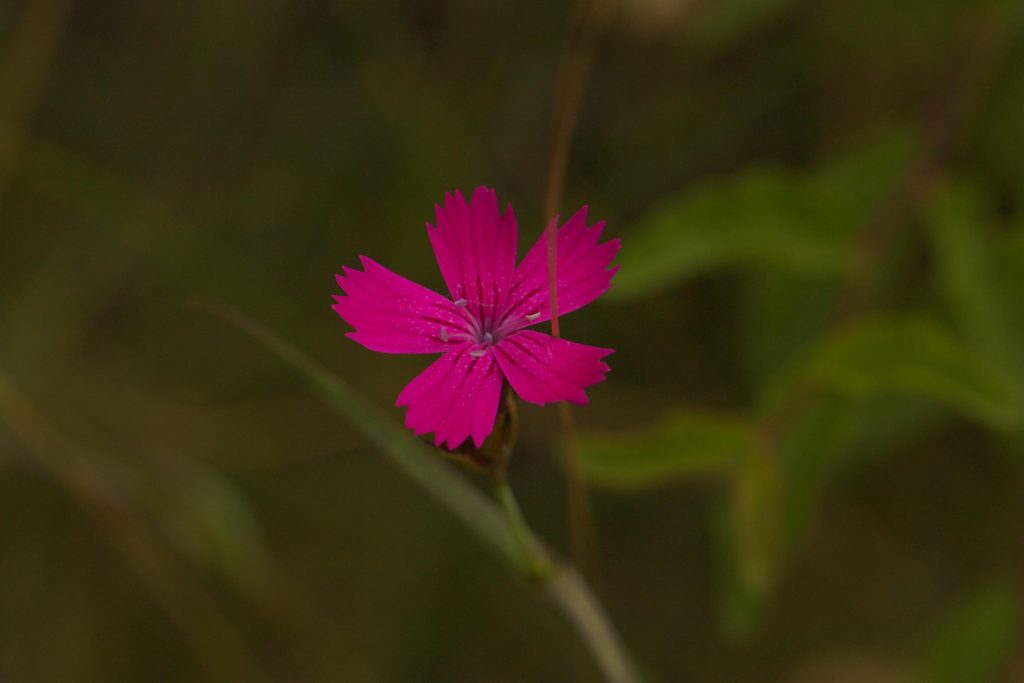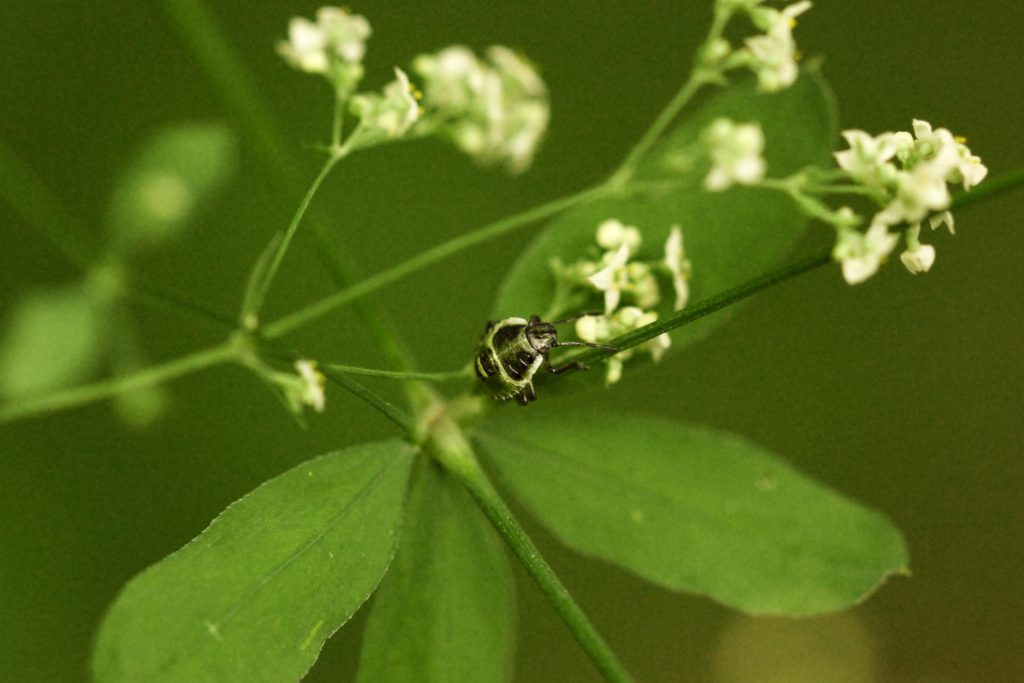Three things I've recently discovered:
There's a project called Thefbo, looking at the textile crafts from prehistory at Lake Constance and Upper Swabia. They even have a blog, in German and English, so you can have a look at what they are up to (which included some retting of linden bast fibres last year).
Also having a blog: Stadtarchäologie Wien (Vienna City Archaeology) - this one's only in German, though. Clicking the link will bring you directly to an article about a woven band (with metal threads).
Third thing, having nothing to do with textiles: There's a website called toogoodtogo.com, and the people behind it would like to reduce the food waste that happens, on a very regular basis, in restaurants, bakeries, and food shops. Basically, you can sign up and then buy a packet of leftover food using the corresponding app for your phone; you pay a small amount of money (which means this reduces the loss the business makes) and get food that is too good to go to waste for rather little money. I've not tested this (yet!), but find it a brilliant idea. After all, this way, everybody wins - the environment, because there's less waste; the business, as they make less loss; and the customer, as they get a surprise food package for a good price. Toogoodtogo is available in several countries; you can check out if yours is among them on their website.
There's a project called Thefbo, looking at the textile crafts from prehistory at Lake Constance and Upper Swabia. They even have a blog, in German and English, so you can have a look at what they are up to (which included some retting of linden bast fibres last year).
Also having a blog: Stadtarchäologie Wien (Vienna City Archaeology) - this one's only in German, though. Clicking the link will bring you directly to an article about a woven band (with metal threads).
Third thing, having nothing to do with textiles: There's a website called toogoodtogo.com, and the people behind it would like to reduce the food waste that happens, on a very regular basis, in restaurants, bakeries, and food shops. Basically, you can sign up and then buy a packet of leftover food using the corresponding app for your phone; you pay a small amount of money (which means this reduces the loss the business makes) and get food that is too good to go to waste for rather little money. I've not tested this (yet!), but find it a brilliant idea. After all, this way, everybody wins - the environment, because there's less waste; the business, as they make less loss; and the customer, as they get a surprise food package for a good price. Toogoodtogo is available in several countries; you can check out if yours is among them on their website.




 The battered trusty mug.
The battered trusty mug. 


 Kardinalsnelke
Kardinalsnelke